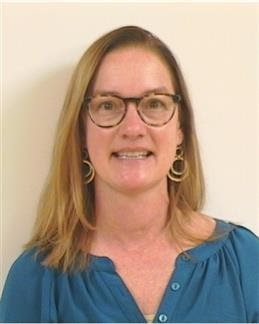No need to be humble – we all know genetic counselors are amazing! Maybe you have a great idea for a new test or clinical service, but you need resources to make it happen? How do you convince the “powers that be” you need more team members?
You build a business case.
The NSGC Business Case Working Group sponsored a virtual Business Case Summit in June. Full disclosure: this blog draws on my own experience and leans heavily on the shared learnings from Business Case Summit.
What Is a Business Case?
Simply put – a business case is a proposal that provides justification for taking on a new project or venture. Ultimately, your business case should show the resources you are requesting support a business need. The first step of building a case is identifying the problem/issue/goal/need. Need to hire more GCs or GCAs? Make a business case. Want to take administrative work off your plate so you can work at the top of your scope? Build a business case. Business cases may also be used to justify a new clinical service or request pay raises to improve staff retention. Basically, if you see a need, you can make a business case!
Relationships Matter
Before you dive too deeply into your plan identify the key stakeholders. Think of stakeholders broadly – they may include advocates, decision makers, blockers, or users. Advocates help champion your cause; the best advocate often has a personal connection that invests them in your plan. Decision makers help you understand factors that influence the success of your proposal. Understanding the people or issues that may block your proposal will help you build a stronger case. Finally, users are everyone who benefits from your plan. Really think through your plan to be sure it provides benefit to your users.
Once you’ve identified the stakeholders, invest some time into building relationships. Reach out to your key stakeholders to understand their perspectives and priorities. Your plan will only be successful if you understand and address stakeholder’s priorities and building relationships with stakeholders will pay off later when you need your plan to move to the top of their priority list.
Creating a Plan
Now that you’ve identified the need and met with your stakeholders it’s time to create your plan. Think of this as your Shark Tank Pitch – be concise but prepared. A business plan should contain the following:
- Identify the problem: What is the goal or need? How does it connect to the strategic plan of your organization and tie into the priorities identified by your stakeholders?
- Describe the current state: Show data such as time studies or patient wait times to help make your case. What are the risks if change does not happen?
- Propose a solution: Be specific – what are you asking for, how much does it cost, what is your timeline? Be aware of budget cycles and the financial bottom line. Depending on your ask, consider starting small with a timeline for expansion. While you want to hire 2 GCAs right now, can you start with 1 this fiscal year then add another the following? Consider sustainability – does your plan require ongoing support, and if so from whom?
- Explain the impact: Discuss the expected impact and create a plan to collect data to prove it. Think through your outcome measures – cost savings to patients or institutions, increased patient satisfaction or volumes or number of tests launched – and be sure your measures directly address the priorities of your stakeholders.
If possible, present your business plan rather than submitting a proposal in writing. Presentations provide opportunities to make connections while allowing your counseling skills to shine.
Help!
Seems a bit daunting? Check out the Healthcare Business Resources tab on the NSGC member page for resources including a sample business plan template created by the Industry SIG. In addition, the Business Case Working Group is developing a white paper which will be available to NSGC members soon.
If at First You Don’t Succeed…
Every plan is an opportunity to grow and learn. If you are not successful, follow up with your decision maker to learn why. If there were unanticipated barriers, can you address them? Is there grant funding to help support a pilot project that allows you to collect more data?
Be persistent. Many business plans are not approved with the first request.
Bio sketch: Christine Spaeth is a graduate of the University of Cincinnati Graduate Program. Over her career at Cincinnati Children’s Hospital Medical Center, she has worked in mostly clinical roles and has been involved with business development. She is passionate about genetic counseling and even more passionate about increasing opportunities for the GC workforce.

